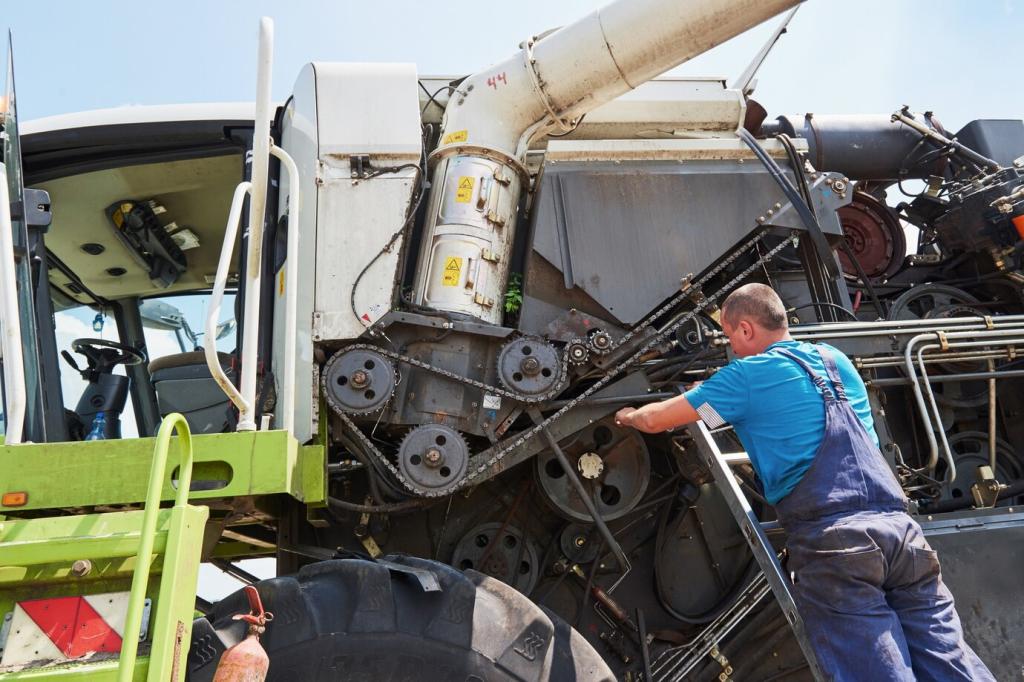Discovering nature’s wonders should leave no trace. Eco-conscious camping equipment blends innovative design with environmental stewardship, ensuring every adventure respects the planet. From sustainably-sourced materials to energy-efficient technologies, today’s gear empowers outdoor enthusiasts to explore responsibly. Whether you’re a seasoned backpacker or a casual camper, choosing eco-friendly equipment is an investment in nature’s well-being and the quality of your own outdoor experiences.
Sustainable Materials in Camping Gear
Recycled fabrics such as polyester derived from plastic bottles and reclaimed nylon from old fishing nets are transforming the world of camping equipment. Brands now offer backpacks, tents, and even outerwear that boast high percentages of recycled content, effectively reducing landfill waste and the extraction of new raw materials. These recycled fabrics undergo rigorous testing for resilience and weatherproofing, ensuring that their life cycle is extended with each adventure. Additionally, the energy required to produce recycled fibers is often significantly lower than that needed for producing virgin materials, resulting in a double benefit for the planet.

Energy-Efficient Lighting and Power Solutions
Solar-Powered Lighting Innovations
Solar-powered camping lanterns, flashlights, and string lights capture and store the sun’s energy throughout the day, providing sustainable illumination after dark. These innovations eliminate the need for disposable batteries and reduce carbon emissions associated with fuel-based lighting. Advances in solar panel efficiency, lightweight design, and integrated storage batteries ensure these products deliver bright, consistent lighting in remote settings. Campers can now set up eco-friendly “home bases” in the wilderness, knowing their energy usage leaves little trace on the landscape.
Rechargeable and Alternative Power Sources
Rechargeable lithium-ion batteries and hand-crank generators are revolutionizing the way campers power their gadgets off-grid. Equipment such as rechargeable headlamps, lanterns, and USB battery packs is designed to endure multiple trips without contributing to battery landfill waste. Some devices even rely on alternative power sources like kinetic movement or heat, harnessing the energy created by walking or boiling water. Switching to these solutions extends gear life while keeping waste and emissions to a minimum, making every adventure both practical and sustainable.
Minimizing Light Pollution and Wildlife Disturbance
Smart lighting design is a crucial aspect of eco-conscious camping. Lanterns with focused beams, dimming settings, and red-light options reduce light pollution, helping preserve the nocturnal environment and local wildlife’s natural behaviors. Many products now come with timers and adaptive sensors to automatically adjust intensity, lowering unnecessary energy consumption. By being mindful of how and when you use lighting, you protect the serenity of natural habitats and allow yourself—and fellow campers—to enjoy the true marvel of a starlit sky.
Waste Reduction and Leave No Trace Principles
Purposefully designed camping gear that serves multiple functions reduces the overall quantity of equipment needed, thus minimizing waste. Items such as collapsible bowls that double as measuring cups, utensils that combine fork and spoon, and versatile clothing layers cut down on single-use products and unnecessary packing. By investing in gear with multiple uses, campers not only lighten their physical load but also their ecological footprint, setting a standard for resourceful, mindful packing.

